Over the past week there have been some issues that have come to light with the banking system. It started with Silvergate Bank, which voluntarily began liquidation. Then, Silicon Valley Bank (SVB), the 16th largest bank, collapsed and was taken over by regulators last Friday, March 10th after revealing it didn’t have enough money in its reserves to meet customer withdrawal demand. It was the second largest bank failure in United States history, with Washington Mutual’s failure in 2008 still being the largest. On Sunday, March 12th, Signature Bank was also seized by regulators in the third-largest bank failure in United States history.
The cause of these bank failures is the rapid rise in interest rates and a decrease in the value of the bonds those banks were holding and invested in. This directly affects the banks’ customers because of fractional reserve banking. Fractional reserve banking allows banks to invest customer deposits and earn interest and capital gains on those investments. However, when interest rates rise, existing bonds can lose their value. For example, if there is a $1,000 bond that pays 2% interest, but interest rates rise to 4%, would you prefer to buy the 2% bond or the 4% bond? Of course you would prefer the 4% bond. That means someone who has the 2% bond and needs to sell it, must sell it at a discount. So instead of receiving $1,000 for that bond, they’ll receive a lower amount to compensate the buyer for the lower interest rate the bond receives. Multiply that amount into the tens or hundreds or millions of dollars and you have exactly what happened to Silicon Valley Bank and Signature Bank. They had invested a large portion of customer deposits in longer term lower interest bonds and had to sell them at a loss to meet customer withdrawal demand. That left the banks with large holes in their balance sheets, and once that came to light it sparked a run on those banks with customers wanting, but unable, to withdraw funds.
Fortunately (for now) for customers of those banks, regulators and the federal government have stepped in to guarantee customer deposits, even beyond the usual FDIC insurance. However, it’s not clear yet if there are other banks experiencing these same or similar issues and if there will be more bank failures or other issues to come. These bank failures bring to light the fragility of the banking system and it’s important to know the risks and how to avoid them. The main risk here is fractional reserve banking.
What is Fractional Reserve Banking?
Fractional reserve banking is a banking system in which a bank is required to hold only a fraction of its total deposits as reserves and available for customer withdrawals. This means that when a customer deposits money in a bank, the bank is allowed to lend out or invest a portion of that money, while keeping a fraction of it in reserve.
For example, let's say a bank has $100 billion in deposits and a reserve requirement of 10%. The bank is required to keep $10 billion in reserve and can lend out or invest $90 billion. The $90 billion may be loaned out to other customers or invested in securities, whether it be stocks, bonds, commodities, or other investments.
This system works because not all depositors will withdraw their money at the same time. Banks are able to use the money they lend out to earn interest, which they use to pay their expenses and make a profit. However, if too many depositors withdraw their money at once, the bank may not have enough reserves to meet all of the withdrawal demands, leading to a bank run.
Fractional reserve banking is the most common form of banking used in modern economies. However, it is regulated by central banks and other regulatory bodies to ensure that banks maintain adequate reserves to manage risk and prevent systemic failures.
Because banks are allowed to use depositors funds to earn money, many banks charge minimal fees or no fees at all.
Weaknesses of the Fractional Reserve Banking System
Fractional reserve banking can create vulnerabilities in the banking system, and if not managed properly, can lead to bank failures. One example of when fractional reserves can cause bank failures is during a bank run.
A bank run occurs when a large number of depositors try to withdraw their money from a bank all at once, which can create a shortage of funds in the bank. If the bank has lent out a large portion of its deposits and doesn't have enough reserves to meet the withdrawal demands, it may not be able to honor all of the withdrawal requests. If the bank fails to meet the withdrawal requests, depositors may lose confidence in the bank and withdraw their deposits, leading to a vicious cycle of bank runs and ultimately causing the bank to fail.
To prevent such situations, regulatory bodies closely monitor banks and set reserve requirements to ensure that banks maintain sufficient reserves to manage potential risks.
Alternatives to Fractional Reserve Banking
There are a few banking systems that exist or have been proposed as alternatives to fractional reserve banking:
- Full Reserve Banking: This system requires banks to hold 100% of their deposits as reserves, meaning they cannot lend out any of their customers' deposits. Instead, banks would earn income through fees or by investing their own capital. This system eliminates the risk of bank runs and reduces the potential for financial crises, but it may limit the availability of credit and lead to higher costs for borrowers.
- Islamic Banking: This system is based on principles of Islamic law (Shariah) and prohibits charging or paying interest (riba). Instead, banks earn profits by sharing in the risks and returns of their customers' investments. Depositors have the option to earn a share of the bank's profits, rather than receiving interest. This system can reduce the risk of financial instability caused by excessive debt, but it requires a different approach to risk management and may be difficult to implement in countries without a significant Muslim population.
- Public Banking: This system involves the creation of public banks, which are owned and operated by the government or a local community. Public banks may be created to serve specific needs, such as providing low-interest loans to small businesses, financing infrastructure projects, or investing in renewable energy. Public banks may be less vulnerable to financial crises, as they are not motivated by profit and are accountable to their stakeholders, but they may be subject to political pressures and may not be as efficient as private banks.
- Digital Currency Banking: This system involves the use of digital currencies, such as Bitcoin or Ethereum, which operate independently of traditional banks. Digital currency banking eliminates the need for intermediaries such as banks, and allows users to transact directly with each other. However, it may be difficult to regulate and could be subject to high levels of volatility.
Each of these alternative banking systems has its own strengths and weaknesses and would require significant changes to the existing financial system.
What if a Fractional Reserve Bank Fails?
In the United States, if a bank fails, the Federal Deposit Insurance Corporation (FDIC) typically pays insured depositors within a few days after the bank's closure. FDIC insurance is a government-backed program that provides deposit insurance to protect depositors in the event of a bank failure or closure. The FDIC insures deposits at banks that are members of the FDIC, which includes most banks in the United States. You can check if your bank is FDIC-insured by visiting the FDIC website or contacting your bank.
FDIC insurance covers most types of deposit accounts, including checking accounts, savings accounts, money market deposit accounts, and certificates of deposit (CDs). The FDIC only insures deposits up to a certain amount, which is currently $250,000 per depositor account category per bank. This means that if you have multiple accounts at a single bank, such as a checking account, savings account, and a CD, each account category is insured up to $250,000 separately. Joint accounts are insured separately for up to $250,000 per co-owner.
If you have more than $250,000 in deposits at a single bank, you may only receive up to $250,000 in insured funds, and may need to wait longer to receive any additional funds above the insured amount if you’re able to recover those funds at all. For example, checking and savings accounts are cash accounts and fall under the same category. If you have a a joint checking account with $300,000 and a joint savings account with $300,000, then the FDIC would only insure up to $500,000 across both accounts, even though your total cash balance at that bank is $600,000.
If your bank fails, the FDIC will contact you and provide instructions on how to make a claim for your insured funds. In most cases, the FDIC will transfer your insured funds to another bank or issue you a check for the insured amount. According to the FDIC, insured deposits are typically available to customers on the next business day after the bank is closed. However, the time it takes to receive your funds through the FDIC may depend on several factors, such as the complexity of the bank's financial situation, the number of depositors, and the amount of funds that need to be distributed. In some cases, it may take longer than a few days to receive your insured funds.
It is important to note that FDIC insurance does not cover losses due to investments in stocks, bonds, mutual funds, or other financial products that are not deposits. FDIC insurance also does not cover losses due to fraud or theft.
Protecting Yourself When Using Fractional Reserve Banks
If you are concerned about the safety of your money in a bank that operates under a fractional reserve system, there are some steps you can take to mitigate the risk of losing your funds:
- Check if your bank is insured: In the United States, most larger banks are required to be insured by the Federal Deposit Insurance Corporation (FDIC), which insures deposits up to $250,000 per depositor per bank per account type. If your bank is insured, your deposits may be protected up to the insured amount.
- Diversify your deposits: Consider spreading your deposits across multiple banks, rather than keeping all of your funds in one account. This can help to reduce the concentration of risk and protect your money in the event that one of your banks fails. This is especially important if you have more than $250,000 per depositor (i.e. $500,000 for joint accounts) in your accounts.
- Monitor your banks and accounts: Keep track of your account balances and be aware of any changes in your bank's financial health or performance. Regularly check your bank's financial statements and ratings from independent credit rating agencies.
- Consider alternative investments: Consider investing your money in alternative assets such as stocks, bonds, or real estate, which may provide higher returns than bank deposits, and may be covered by different or additional insurance than just FDIC. For example, most broker-dealers and custodians of investments such as stocks and bonds are covered by SIPC insurance. You may also consider investing in gold or other precious metals, which may provide a hedge against inflation and currency fluctuations. Note that alternative assets and investments carry their own risks.
- Seek advice from a financial advisor: If you are unsure about how to manage your finances, consider seeking the advice of a financial advisor who can help you assess your risk tolerance and recommend appropriate investments and strategies. This is one of the reasons Escient Financial exists, so if you would like help from a financial advisor feel free to…
This content is developed from sources believed to be providing accurate information. The information in this material is not intended as investment, tax, or legal advice. It may not be used for the purpose of avoiding any federal tax penalties. Please consult legal or tax professionals for specific information regarding your individual situation. The opinions expressed and material provided are for general information, and should not be considered a solicitation for the purchase or sale of any security. Digital assets and cryptocurrencies are highly volatile and could present an increased risk to an investors portfolio. The future of digital assets and cryptocurrencies is uncertain and highly speculative and should be considered only by investors willing and able to take on the risk and potentially endure substantial loss. Nothing in this content is to be considered advice to purchase or invest in digital assets or cryptocurrencies.
Enjoying Escient Financial’s Insights?
The weekly newsletter is usually delivered to your email inbox Friday or Saturday, and includes:
- the latest Escient Financial Insights articles
- a brief of the week's important news regarding the markets
- recommended third-party reads
- selected Picture of the Week
Escient Financial does NOT sell subscriber information. Your name, email address, and phone number will be kept private.
















